Everyday Mathematics Grade K Answer Key Unit 7 Section 7
Everyday Mathematics Grade K Home Link 7.2 Answers
What’s My Rule?
Family Note
Your child has been playing a game at school to figure out sorting rules. Use collections of household objects such as coins, toys, stuffed animals, utensils, or a pile of laundry to help your child identify and apply sorting rules.
Materials A collection of similar objects (toys, utensils, clothing, and so on)
Players 2
Object To sort objects and identify a sorting rule
Directions
- Choose a rule (such as “objects that have stripes” or “objects that have wheels”).
- Pick out the objects that follow your rule.
- Have a family member watch you sort the objects, and then guess your rule.
- Switch roles and play again!
Play What’s My Rule? with someone in your family!

Answer:
My rule is: Dad’s pants.

Explanation:

My rule is: Dad’s pants.
Everyday Math Grade K Home Link 7.5 Answer Key
Counting by 10s
Family Note
In school we are learning to skip count by 10s. Counting by 10s can help children count sets of objects more efficiently, and it also helps them recognize and understand number patterns and place value. Look for opportunities to help your child practice counting by 10s.
Show a family member how you can count by 10s to 100. Use the number strip below if you need help.
How many fingers and toes do you have in your home all together? Find the total by counting by 10s!
Look for other things you can count in groups of 10.
You can create sets of 10 by placing 10 paper clips, coins, cereal pieces, or other small objects in piles, cups, or plastic bags. Count the collection by 10s.
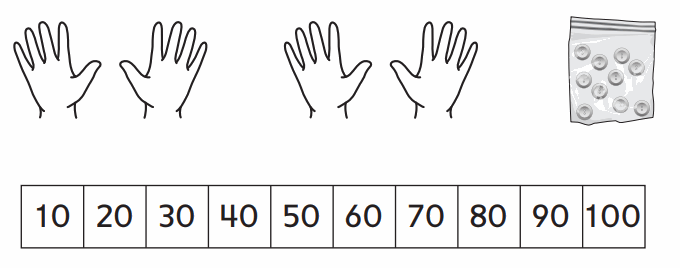
Answer:
Total number of fingers and toes each have in my family all together = 100 or Hundred.
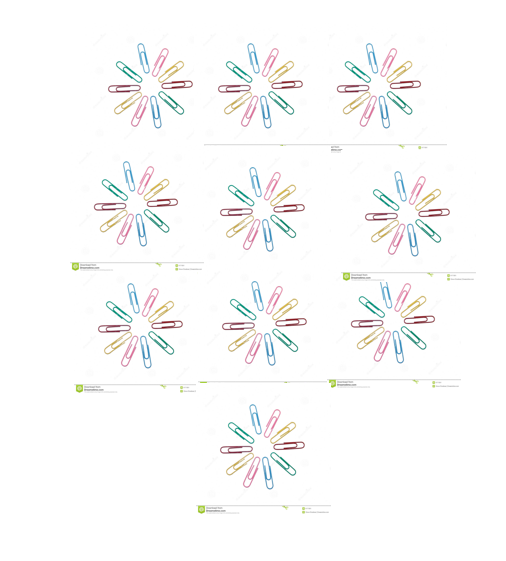
Explanation:
Number of members in my family = 5 or Five.
Number of fingers each member have = 10 or Ten.
Number of toes each member have = 10 or Ten.
Total number of fingers and toes each have in my family all together = Number of members in my family × (Number of fingers each member have + Number of toes each member have )
= 5 × (10 + 10)
= 5 × 20
= 100 or Hundred.
Everyday Mathematics Grade K Home Link 7.7 Answers
Survey Record Sheet
Family Note
Observing and collecting data gives children the opportunity to count, to compare numbers, and to think about how numbers can reveal information. Help your child think of a survey question and conduct the survey with family members or friends. (Your child may wish to contact long distance family members to gather more data.) After your child finishes conducting the survey, have him or her count to find the totals for each category and compare the results.
Survey Question: ______

Answer:
Survey Question: How many car our family members have and our Aunty and Uncle have in their home.
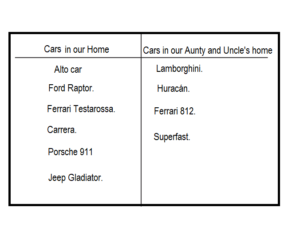
Number of Cars in our Home = 6 or Six.
Number of Cars in our Aunty and Uncle’s Home = 4 or Four.
We are having 2 or Two Cars more than the cars of our Aunty and Uncle’s.
Explanation:
Survey Question: How many car our family members have and our Aunty and Uncle have in their home.
Cars in our Home:
Alto car.
Ford Raptor.
Ferrari Testarossa.
Carrera.
Porsche 911.
Jeep Gladiator.
Number of Cars in our Home = 6 or Six.
Cars in our Aunty and Uncle’s Home:
Lamborghini.
Huracan.
Ferrari 812.
Superfast.
Number of Cars in our Aunty and Uncle’s Home = 4 or Four.
Number of Cars who has more = Number of Cars in our Home – Number of Cars in our Aunty and Uncle’s Home
= 6 – 4
= 2 or Two.
Everyday Math Grade k Home Link 7.8 Answer Key
Penny Jar
Family Note
A penny jar provides great mathematics opportunities! Have family members add spare pennies at the end of each day. Count the pennies together once a week to reinforce the counting skills we are working on in school. As the penny collection grows, family members can estimate how many pennies are in the jar before counting them. Estimation is not just guessing. It is using what you know to make a “smart guess.”
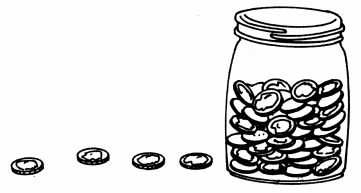
Start a penny jar to collect your family’s pennies.
Once a week, estimate how many coins are in the jar:
- Take a small handful of pennies and count them.
- Compare the number in your hand with the number in the penny jar. How many pennies do you think are in the jar?
- Count the pennies in the jar and then record the number. How close was your estimate?
- How many pennies do you think will be in your jar next week? Keep track of how the number changes.Answer:
Number of pennies in my hands = $20
Total number of pennies in the jar = week days × $5 = 7 × $5 = $35.
Estimation of number of pennies in the jar = $35
Number of pennies in the jar = $15.
Number of pennies to be collected in the next week = $ 70Explanation:
Everyday we all deposit $5 pennies in the jar.
One week later, today I have picked up a handful of pennies into my hands.
Number of pennies in my hands = $20
Total number of pennies in the jar = week days × $5 = 7 × $5 = $35.
Estimation of number of pennies in the jar = $35
Number of pennies in the jar = Total number of pennies in the jar – Number of pennies in my hands
= $35 – $20
= $15.
My estimation is almost accurate to the number of pennies in the jar.
Number of pennies to be collected in the next week = $ 70.
Everyday Mathematics Grade K Home Link 7.9 Answers
Bead Combinations
Family Note
In school we have been decomposing, or grouping, numbers in different ways. For example, the number 6 can be shown as 5 and 1; or 4 and 2; or 3 and 3; or even 3, 2, and 1. Along with this Home Link, your child will bring home a counting loop with beads to practice showing numbers in multiple ways. Please return the loop and beads to school with your child tomorrow.
How many beads are on your counting loop? __
Take turns with someone at home to find different ways to group the beads. Draw beads and write number sentences to show four of your combinations.
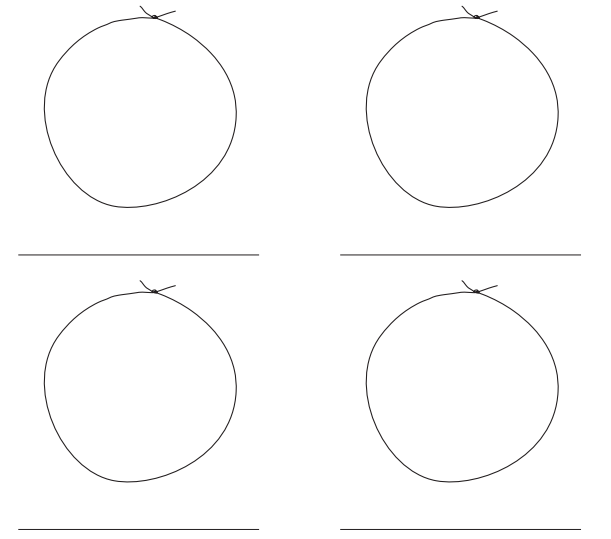
Answer:
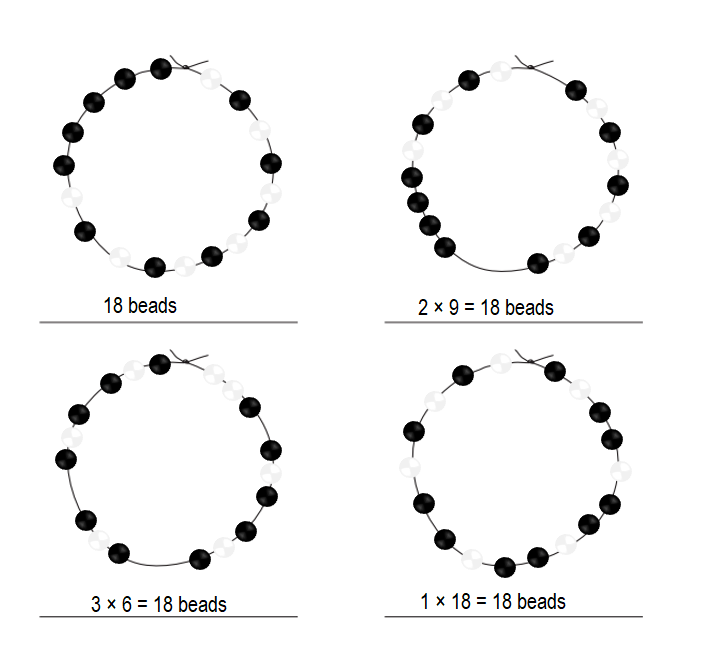
Explanation:
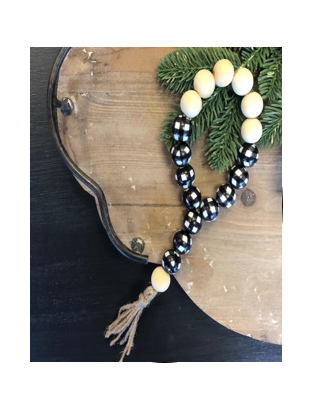
Number of beads in my loop = 18 or eighteen.
I count the beads by dividing them into :
In this method, I count the every bead in this method.
1 × 18 = 18.
In this method, I divide the beads into Two or 2 parts containing 9 or nine beads in each.
2 × 9 = 18.
In this method, I divide the beads into six or 6 parts containing 3 or Three beads in each.
3 × 6 = 18.
Everyday Math Grade k Home Link 7.11 Answer Key
Class Collection
Family Note
Today we began a class collection of objects that we will use at school for number activities such as counting, keeping records, and grouping by 10s. The children voted to collect ____ Please help your child find items to contribute to our collection. We will build the class collection for at least the next week or two.
Look around your house for _____.
How many do you have? _____
Put them in a bag. Bring the bag to school to add to the class collection.
Bring more of the objects whenever you have them!
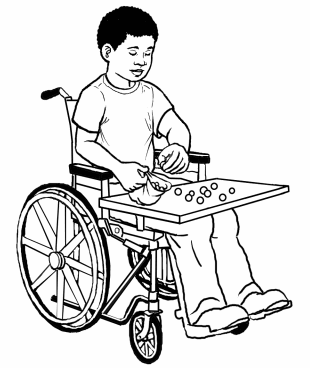
Answer:
I found (four or 4) long sticks of wood, (two or 2) chair, (one or 1) chess board game around my house.
Total number of things I have = 7 or Seven.
Explanation:
I have looked around my house, for the things which I can contribute to my school party collection. I found (four or 4) long sticks of wood, (two or 2) chair, (one or 1) chess board game.
Number of long sticks of wood I have = four or 4.
Number of chairs I have = 2 or Two.
Number of chess board game I have =one or 1.
Total number of things I have = Number of long sticks of wood I have + Number of chairs I have + Number of chess board game I have
= 4 + 2 + 1
= 6 + 1
= 7 or Seven.